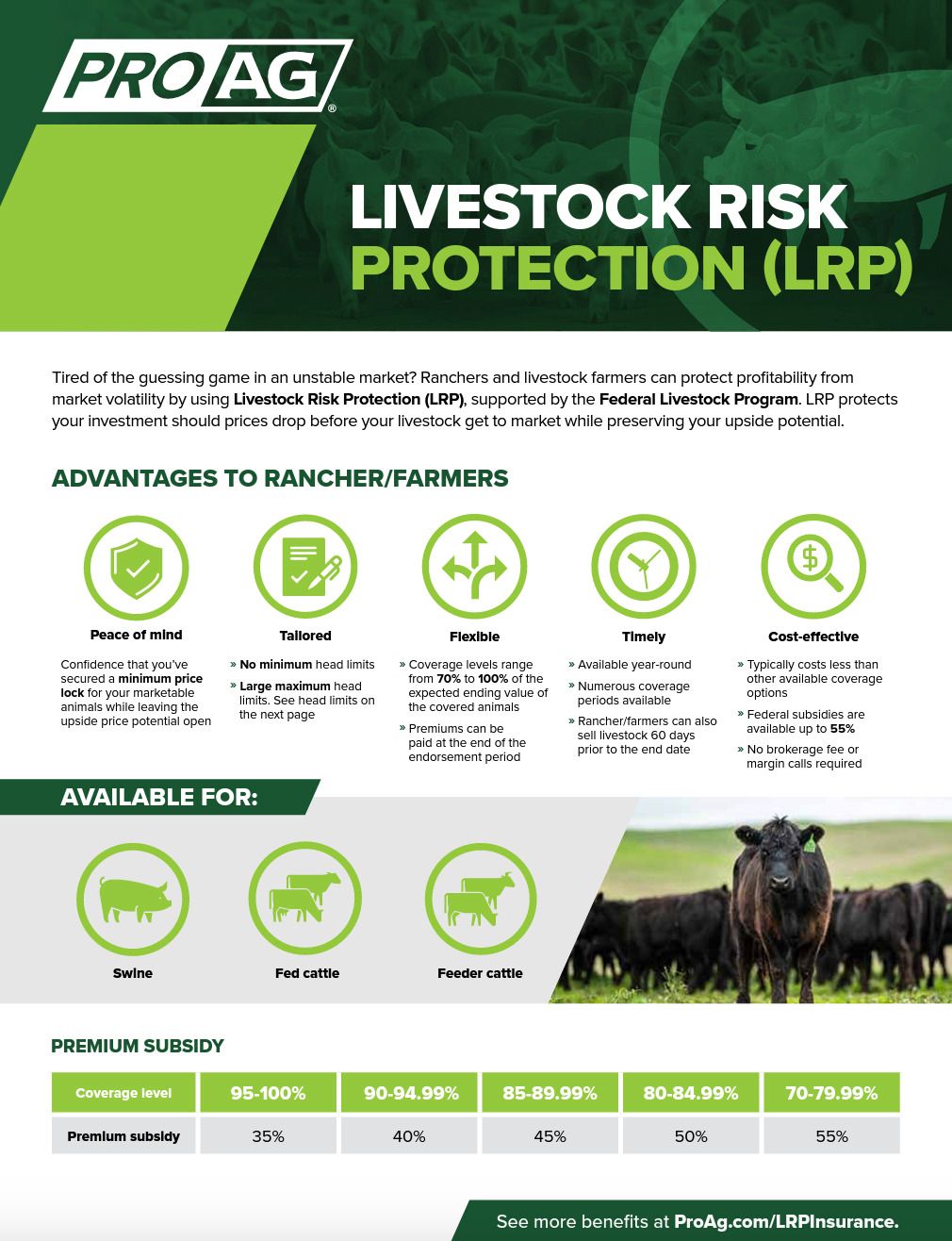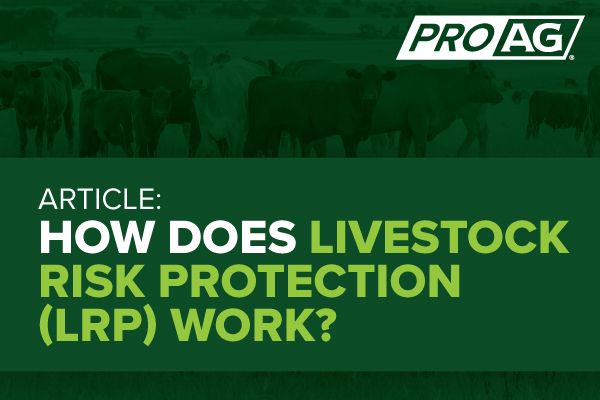Specialist Assistance on Threat Analysis and LRP Insurance Solutions

The Significance of Danger Evaluation
Efficient risk assessment is fundamental in the decision-making process of any company, guiding tactical planning and resource allotment. By systematically determining, examining, and focusing on prospective dangers, companies can prepare for difficulties, profit from chances, and make notified options to accomplish their purposes. Danger evaluation allows companies to proactively resolve vulnerabilities, reduce threats, and maximize their danger management approaches.
Among the key advantages of danger assessment is its duty in enhancing functional effectiveness. By comprehending the prospective threats that might influence different elements of business, organizations can enhance processes, designate resources better, and reduce the chance of costly disruptions. Additionally, danger assessment makes it possible for companies to comply with regulative requirements, secure their credibility, and construct count on with stakeholders.
Comprehending Possible Losses
To grasp the impact of danger evaluation, it is important to understand the prospective losses that can significantly affect an organization's operations and financial stability. Prospective losses can occur from different resources, consisting of all-natural catastrophes, financial slumps, functional failings, regulative modifications, and cybersecurity violations. These losses can lead to straight expenses such as building damages, lawful expenditures, and penalties, in addition to indirect expenses like reputational damage and loss of market share.
Understanding potential losses involves performing an extensive analysis of the dangers that could materialize and approximating the economic effect they may have on the company. By evaluating these possible losses, services can prioritize risk reduction initiatives and designate resources effectively. A detailed understanding of prospective losses enables companies to make informed choices when choosing risk monitoring methods, such as purchasing insurance policy coverage or applying danger control steps.
Basically, by acknowledging and comprehending prospective losses, organizations can proactively take care of dangers and guard their long-lasting sustainability and success.
Duty of LRP Insurance Coverage Solutions
The integration of LRP insurance coverage solutions within an organization's risk monitoring framework boosts durability and fortifies economic stability against unpredicted hardships. LRP, or Loss Recuperation Product, insurance coverage remedies play a vital role in alleviating the influence of potential losses by supplying economic protection and support in times of situation. These insurance policy solutions are tailored to satisfy the specific demands of companies, supplying insurance coverage for numerous risks such as residential or commercial property damages, organization disturbance, liability claims, and a lot more.
By moving the financial risk to an insurance policy copyright, services can focus on their core operations with better peace of mind, knowing that they are shielded against significant economic losses. Furthermore, LRP insurance remedies can boost a company's risk monitoring method by supplementing existing risk reduction steps and ensuring thorough defense across all locations of prospective susceptability.
Identifying Secret Threats
In the process of threat assessment, a critical step entails determining key dangers that have the potential to affect an organization's procedures and economic stability. Determining key dangers requires a thorough examination of external and interior variables that might pose dangers to the company's objectives. Inner threats may include functional ineffectiveness, compliance concerns, or human resource difficulties, while exterior risks might incorporate economic recessions, regulative adjustments, or natural catastrophes.

Moreover, vital risks ought to be regularly evaluated and upgraded to straighten with the vibrant business environment. This proactive method enables companies to stay ahead of possible dangers and secure their long-term success.
Selecting the Right Coverage
Having identified the essential a knockout post dangers that might affect an organization's operations and monetary stability, the next important step includes very carefully picking the ideal protection to successfully handle and alleviate these dangers. When it concerns choosing the best coverage, companies require to consider their certain danger exposure, monetary capabilities, and strategic purposes. It is vital to conduct an extensive assessment of the available insurance alternatives to make sure that the chosen insurance coverage straightens with the organization's risk monitoring goals.

Organizations must work carefully with seasoned insurance coverage specialists to assess their danger accounts and identify the most appropriate insurance policy items to address their demands. Customizing insurance coverage to certain threats can help enhance defense while minimizing unnecessary expenses. Furthermore, companies should evaluate plan terms carefully to recognize the extent of protection supplied and any kind of potential exclusions that may affect their threat reduction approaches.
Conclusion
In conclusion, risk assessment is vital in recognizing potential losses and choosing the best LRP insurance coverage options. By recognizing key dangers, companies can alleviate economic influences and protect their assets. It is vital to meticulously YOURURL.com analyze and examine threats to ensure appropriate protection remains in area. Expert assistance can assist navigate the complexities of risk assessment and insurance coverage services, supplying services with the needed tools to efficiently manage and mitigate risks.
Professional guidance plays a pivotal function in this process, supplying important understandings into recognizing and assessing threats, as well as tactically picking suitable insurance policy coverage tailored to mitigate those dangers properly. An extensive understanding of possible losses allows companies to make informed choices when selecting danger management techniques, such as acquiring insurance coverage or implementing danger control measures.
